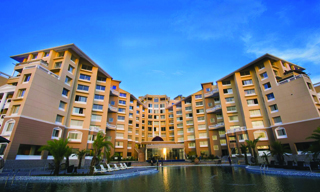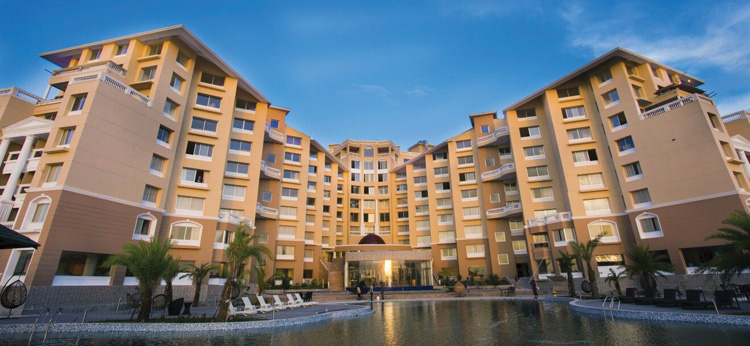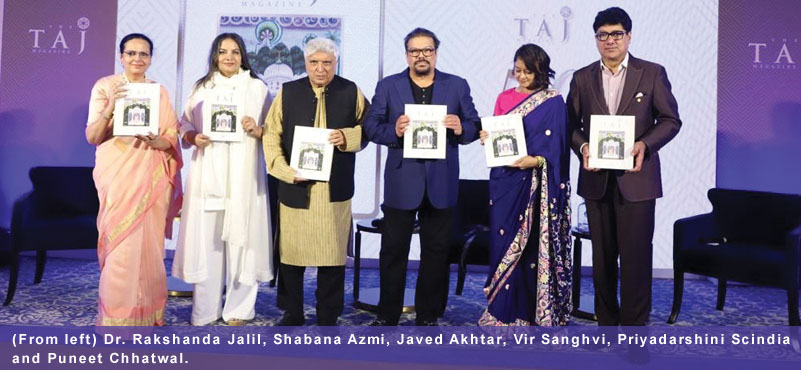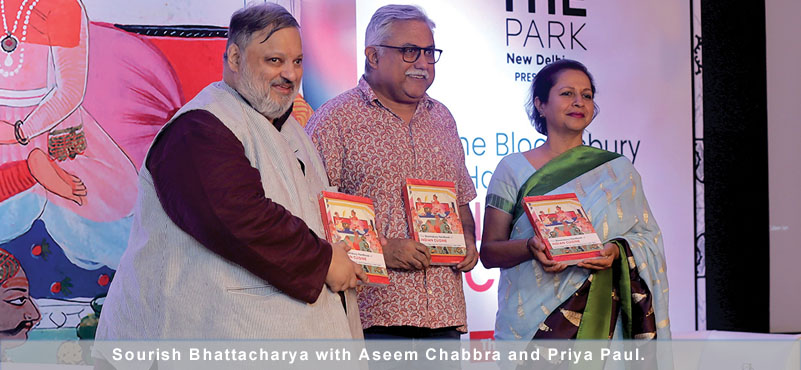The health of the hospitality industry is dependent on a plethora of factors and not only a reflection of the state of the economy, asserts Vimal Singh, MD, Golden Tulip Hotels South Asia. He notes that with growing competition from the aggregation of the unorganized sector and a slow real-estate market in the near future, it was still some time before rates in the mid-segment could witness an upswing.

Tell us a little bit how Golden Tulip has grown over the years?
We have been in operation in India since 2007, currently operating 25 hotels. We have a property opened in Bangladesh now; we will open another property in the next 2 months. One is in Coxs Bazar which is a resort property. One in Dhaka will open shortly, most likely in late October. We are in negotiations in Nepal and Sri Lanka for some more products, but there is nothing concrete as yet. In India, we will open, at least, 5 more hotels in the next 6 months. Destinations include Kufri, Gurgaon and Jaipur – it will be our 2nd hotel in Jaipur – and Bangalore. The growth is happening for us. We started with one hotel in 2007, and would have around 30 hotels in the next few months.
Your assertion, in an interview to us a few months ago, that under the new management (JinJiang International) that the growth emphasis under the new administration would be stronger is turning out to be true.
I think the focus of the new administration, because it is an Asian-owned company, is growth in this region. So, there is a lot of emphasis on that. We are working on several opportunities that may require us to grow our brands and introduce new brands which have not been introduced into the market, as well. We have brands in Europe that we have not brought here. We will introduce Campanile here, as a stylized version of a three-star product. It has more fashion and design orientation. We are looking at acquisition of some product or something will happen.
Is there a particular segment you are eyeing?
We already have an upscale brand which is the Royal Tulip. We would try to introduce more budget segment hotels. We may look at some of the products that the Chinese company has in the portfolio as well. That could be something we may look at, but not at the moment. We are focussed right now to grow our Golden Tulip brand – which are the three brands that we have introduced in India. Golden Tulip. Royal Tulip and Tulip Inn. We have also introduced the Golden Tulip Essential; it is a little below from a full-service Golden Tulip hotel. It is a three and half to a four-star category product. It will be introduced in Jaipur.
There has been a certain upswing in the hospitality industry. What has been its impact on the mid-segment hotels?
It is what I call a ‘double-edged’ sword. If the business goes up, cost goes up too. Occupancy might be up, but rates are not. Our corresponding cost, what we call the input cost, has gone up quite significantly. Labour cost, material cost and utility cost are all going up. It squeezes margins, impacting investments and debt coverage ratio. It has caused stress in the industry. In India, what has happened is that we see a lot of growth in the unorganized sector. We may find it not relevant to our businesses, it is in fact relevant. It has added a huge amount of inventory to the market, and is competitive to our hotels. It could be in a city like Lucknow or Bangalore. They can sell those rooms at INR 1500, but we cannot. Our cost structure is high. That is the problem.
There is a huge unorganised sector which is competing with our organised sector. This competition puts pressure on rates. It is not only about occupancy.
How does a hotel then manages not to lose money?

A hotel has to learn to manage the cost. Sometimes, we do not create the rates. It is the market that does. OTAs are proving lower rates and funding the difference out of their own pockets. Fine, they are expanding their data base and acquiring new consumers. But one will have to show some profit sometime. Investors will come around. It is not a very sustainable model of operation. We simply cannot do that.
Then there are circumstances like the one in Bangalore. Hotels have had no business for several days on account of disturbances that rocked the IT City. Chennai market was impacted last year because of floods. All these are impacting long-term business prospects of these destinations.
But economic upswing must be a positive sign?
We are not a business that is isolated. We are dependent on a number of factors: the political situation, law and order and infrastructure. We saw how after 9/11, global travel and tourism ceased. Therefore, hospitality industry’s uptick is not solely dependent on economic upswing. Economic growth in India is restricted to certain sectors, and as a result, which is relevant to us. We do not see it.
Hotel Industry is a by-product of the real-estate industry in a country like India. If real-estate takes off, the hotel industry will take off. We have had many owners, particularly in our case, who had one or two hotels. They may be fine with that one hotel, but there are others who would want to expand after making profits out of their first hotel. So that process of education is going on right now.
So, you are saying that the process of education is underway and it might benefit the industry in the longer run?
The process is underway as we speak. Hotel owners are looking at this again. That is the maturing of the market. India is a very nascent market for the hotel industry. It was basically controlled by 2-3 hotel groups, who were dependent on foreigners coming in. It only woke up in the mid 90’s to the fact that there was a domestic market. That, too, has come up only in the last decade or so, after 2005. The number of domestic traveller who would stay in a star-rated hotel is expected to be around 80-100 million, and the average night stay to be around 2-3. If you multiply that, star-category hotels do not have enough rooms. All of that business is going to the unorganised sector.
Also, there is a huge amount of transparency that has come about in the rates, because of the internet. The knowledge quotient has increased, but it has put pressure on rates.




































